 Jill Eisenberg, our Resident Literacy Expert, began her career teaching English as a Foreign Language to second through sixth graders in Yilan, Taiwan as a Fulbright Fellow. She went on to become a literacy teacher for third grade in San Jose, CA as a Teach for America corps member. She is certified in Project Glad instruction to promote English language acquisition and academic achievement. In her column she offers teaching and literacy tips for educators.
Jill Eisenberg, our Resident Literacy Expert, began her career teaching English as a Foreign Language to second through sixth graders in Yilan, Taiwan as a Fulbright Fellow. She went on to become a literacy teacher for third grade in San Jose, CA as a Teach for America corps member. She is certified in Project Glad instruction to promote English language acquisition and academic achievement. In her column she offers teaching and literacy tips for educators.
Infographics’ format and economy of words make infographics engaging and accessible to children, reluctant readers, visual learners, and English Language Learners. As infographics contain multiple layers of information, they are a challenging medium for students to practice inferences and interpretation. Lee & Low Books’ infographic series on the diversity gap in major spheres of influence is a valuable vehicle to build students’ visual literacy skills and understanding of diversity. The following discussion questions and suggested activities were created based on the Diversity Gap in the Academy Awards infographic, but these can be applied to the rest of the series.
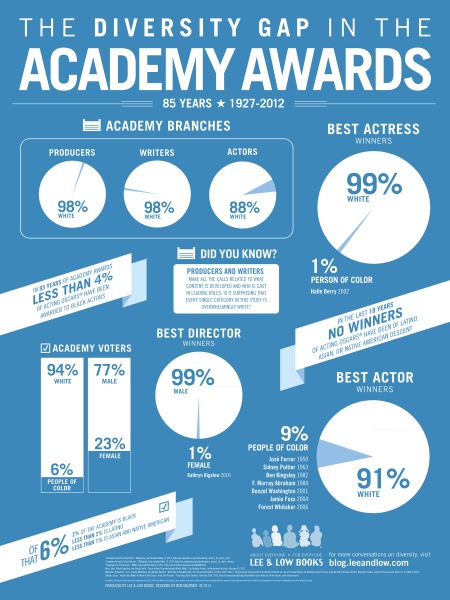
Discussion questions to consider with your students:
- What patterns do you see? What trends do you see? How are the different charts related?
- What is the central idea of this infographic? How do the words, phrases, and visuals interact to affirm the central idea?
- Based on the infographic, what does “diversity gap” mean in terms of the Academy Awards?
- What might the author’s purpose be in choosing this medium to convey the central idea (to shame, inspire, shock, etc.)?


 How We Are Smart
How We Are Smart
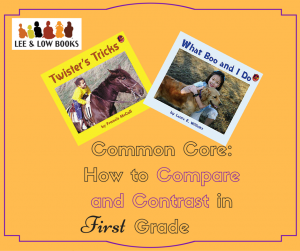 Through elementary school, readers will learn to compare and contrast within and between texts. By first grade, readers can practice comparing two texts as they continue to learn decoding, sight words, and vocabulary. Comparing and contrasting are useful because teachers can assess students’ abilities at close reading, comprehension, and interpretation, as well as expose even new readers to deeper interactions with a text.
Through elementary school, readers will learn to compare and contrast within and between texts. By first grade, readers can practice comparing two texts as they continue to learn decoding, sight words, and vocabulary. Comparing and contrasting are useful because teachers can assess students’ abilities at close reading, comprehension, and interpretation, as well as expose even new readers to deeper interactions with a text.


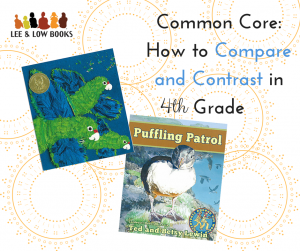 Fourth grade is a significant juncture for readers because the Common Core State Standards prescribes that 50% of reading material should be nonfiction. One of the critical skills on Common Core-aligned end of year assessments is compare and contrast. By the end of the fourth grade, students need experience in comparison for both fiction and nonfiction works. Practice in comparison not only improves a student’s close reading abilities, but also enables educators to gauge student comprehension and interpretation.
Fourth grade is a significant juncture for readers because the Common Core State Standards prescribes that 50% of reading material should be nonfiction. One of the critical skills on Common Core-aligned end of year assessments is compare and contrast. By the end of the fourth grade, students need experience in comparison for both fiction and nonfiction works. Practice in comparison not only improves a student’s close reading abilities, but also enables educators to gauge student comprehension and interpretation.
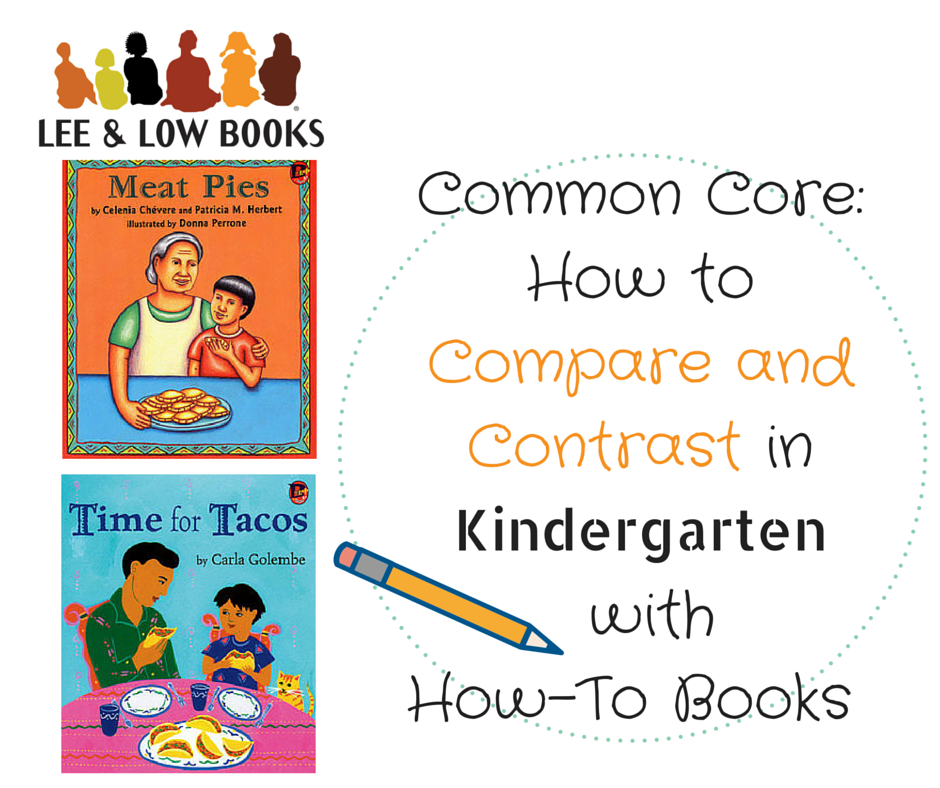 Over the past several weeks, I have demonstrated what compare and contrast can look like in
Over the past several weeks, I have demonstrated what compare and contrast can look like in 
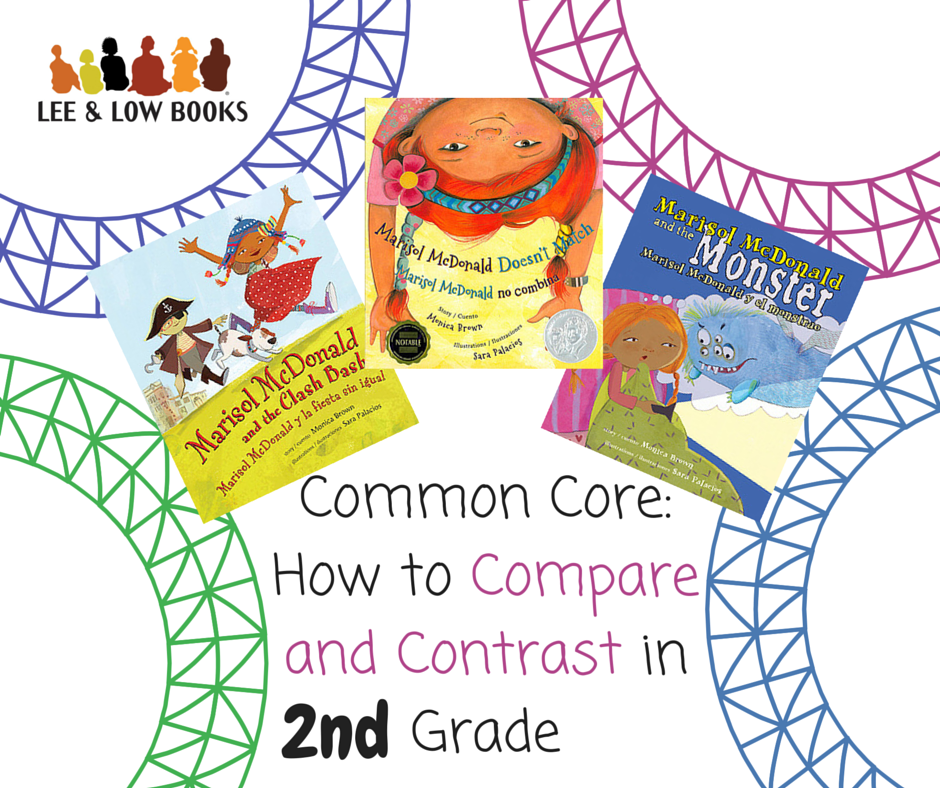 Last week, I presented
Last week, I presented 

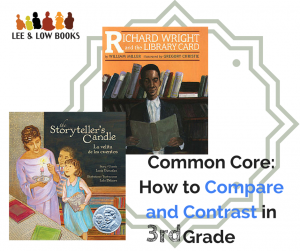 One of the critical skills on Common Core-aligned end of year assessments is compare and contrast. In order for students to compare and contrast successfully within or between texts, students must be proficient at the close reading, comprehension, and interpretation stages. There are many ways to approach teaching comparing and contrasting, including between characters, texts, genres, themes, or media.
One of the critical skills on Common Core-aligned end of year assessments is compare and contrast. In order for students to compare and contrast successfully within or between texts, students must be proficient at the close reading, comprehension, and interpretation stages. There are many ways to approach teaching comparing and contrasting, including between characters, texts, genres, themes, or media.
